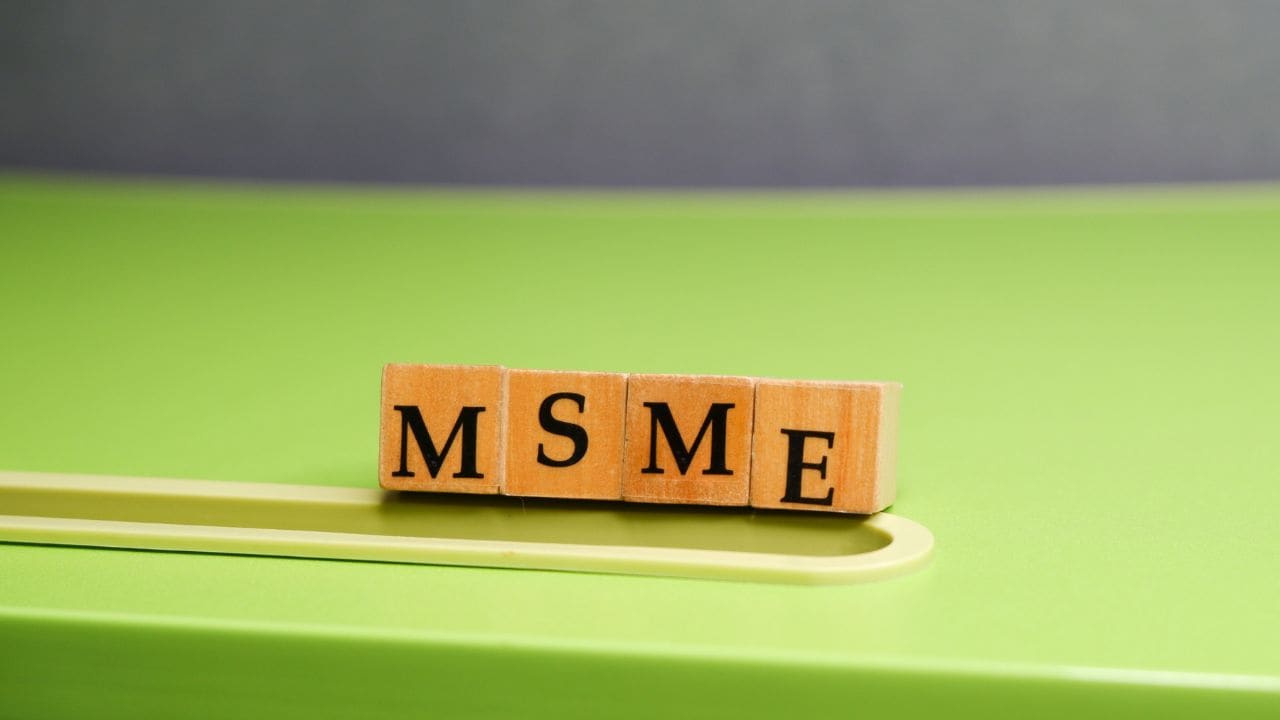Advertisement. Remove ads.
Govt plans mega support package for MSME exporters hit by US tariffs
The government is preparing a comprehensive relief package for MSME exporters hit by US tariffs, including easier access to working capital, higher collateral-free loans, targeted interest subventions, and sector-specific support to protect jobs and sustain growth.

Share this article
The government is finalising a comprehensive relief package for India’s micro, small, and medium exporters, who are facing losses estimated between $45 and $80 billion due to 50% tariffs imposed by the US.
At the core of the proposed plan are five new schemes, modelled on COVID-era credit guarantees but tailored to today’s challenges. These initiatives aim to provide easier access to working capital, expand collateral-free loans from ₹10 lakh to ₹20 lakh, and offer targeted interest subventions to reduce borrowing costs.
The package will also unlock equity financing channels, allowing firms to raise growth capital without adding to debt, while introducing sector-specific support windows for the most vulnerable industries, including textiles, apparel, gems and jewellery, leather, engineering goods, and agri-marine exports.
In addition, the government is considering indirect tax reliefs such as recent GST cuts and faster ITC refunds to immediately free up cash for MSMEs.
The broader objective is to ease working capital stress, protect employment, and buy exporters time as they diversify shipments and explore new markets. Many firms are already experimenting with near-shoring via Bhutan and Nepal to mitigate risks.
The move underscores the government’s intent to shield India’s employment-intensive export sector from global shocks and ensure it continues to drive growth despite external headwinds.
Read about our editorial guidelines and ethics policyAt the core of the proposed plan are five new schemes, modelled on COVID-era credit guarantees but tailored to today’s challenges. These initiatives aim to provide easier access to working capital, expand collateral-free loans from ₹10 lakh to ₹20 lakh, and offer targeted interest subventions to reduce borrowing costs.
The package will also unlock equity financing channels, allowing firms to raise growth capital without adding to debt, while introducing sector-specific support windows for the most vulnerable industries, including textiles, apparel, gems and jewellery, leather, engineering goods, and agri-marine exports.
In addition, the government is considering indirect tax reliefs such as recent GST cuts and faster ITC refunds to immediately free up cash for MSMEs.
The broader objective is to ease working capital stress, protect employment, and buy exporters time as they diversify shipments and explore new markets. Many firms are already experimenting with near-shoring via Bhutan and Nepal to mitigate risks.
The move underscores the government’s intent to shield India’s employment-intensive export sector from global shocks and ensure it continues to drive growth despite external headwinds.

/filters:format(webp)https://news.stocktwits-cdn.com/Getty_Images_2228106047_jpg_9b9a5ca202.webp)
/filters:format(webp)https://news.stocktwits-cdn.com/shivani_photo_jpg_dd6e01afa4.webp)
/filters:format(webp)https://images.cnbctv18.com/uploads/2025/02/anand-singha-thumnails-90-2025-02-69074ef2fa5040cebb8fe5d51a8f98e4.jpg)
/filters:format(webp)https://st-everywhere-cms-prod.s3.us-east-1.amazonaws.com/cnbctv18logo.png)
/filters:format(webp)https://news.stocktwits-cdn.com/large_Getty_Images_2232877160_jpg_16a992c009.webp)
/filters:format(webp)https://st-everywhere-cms-prod.s3.us-east-1.amazonaws.com/unnamed_jpg_9dff551b50.webp)
/filters:format(webp)https://news.stocktwits-cdn.com/large_tylenol_OG_jpg_771dcc056c.webp)
/filters:format(webp)https://st-everywhere-cms-prod.s3.us-east-1.amazonaws.com/Prabhjote_DP_67623a9828.jpg)
/filters:format(webp)https://images.cnbctv18.com/uploads/2024/05/jk-tyre-2024-05-c7ecbc39af1dfd9ed2a4fe5cd3b92cec.jpg)
/filters:format(webp)https://news.stocktwits-cdn.com/large_Stock_chart_jpg_6c4cc95d17.webp)
/filters:format(webp)https://news.stocktwits-cdn.com/IMG_4530_jpeg_a09abb56e6.webp)